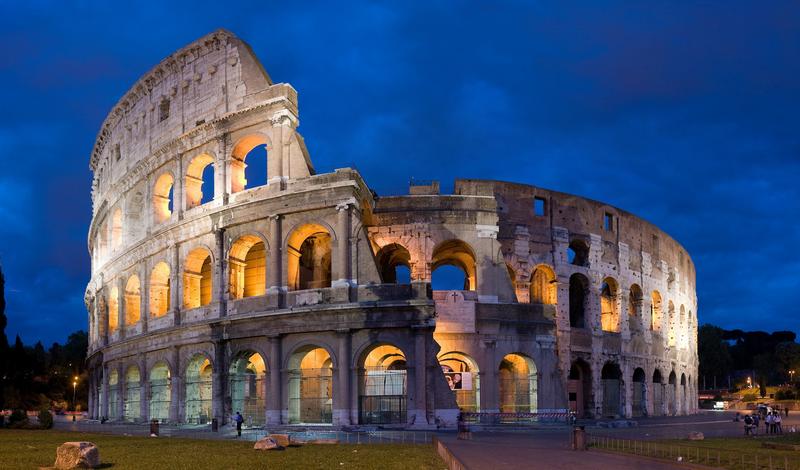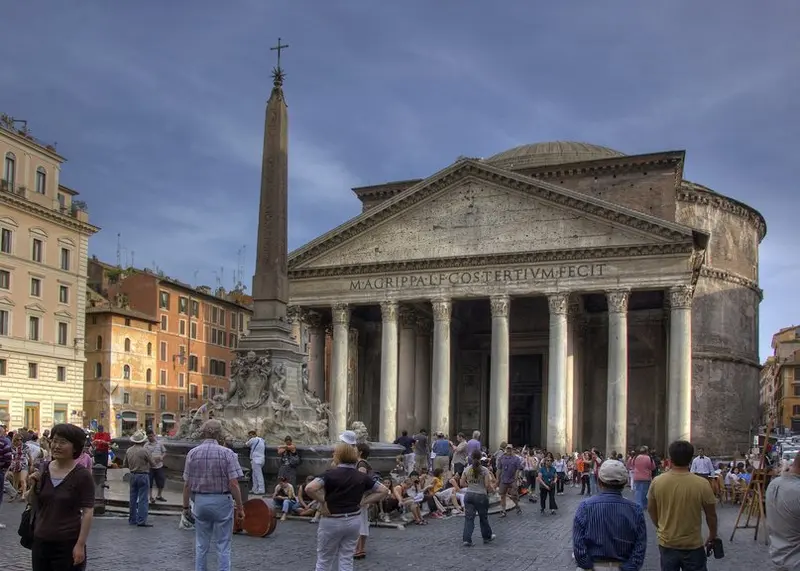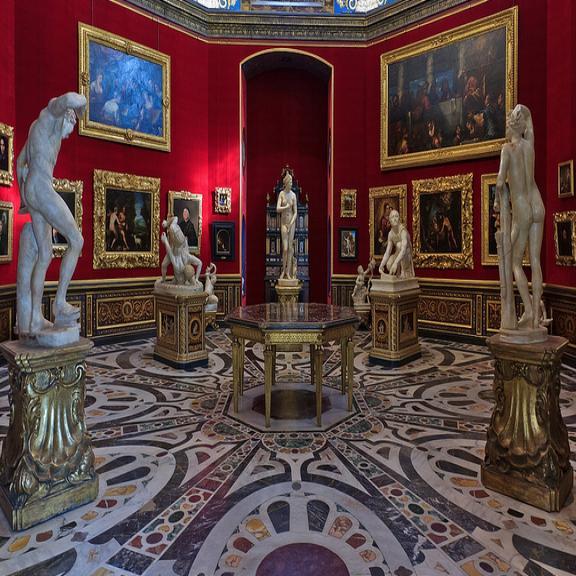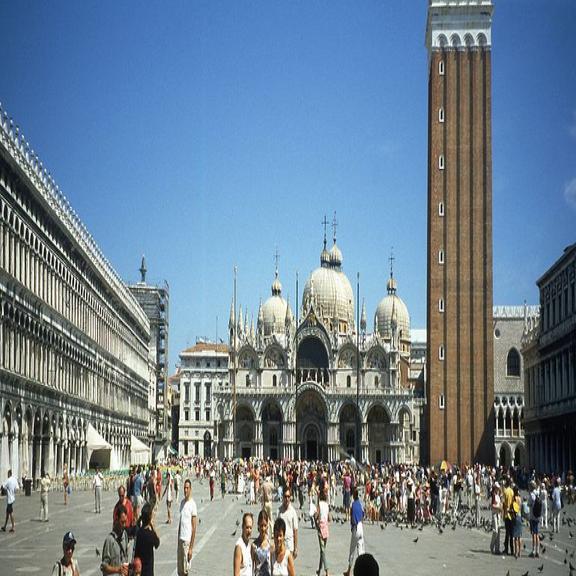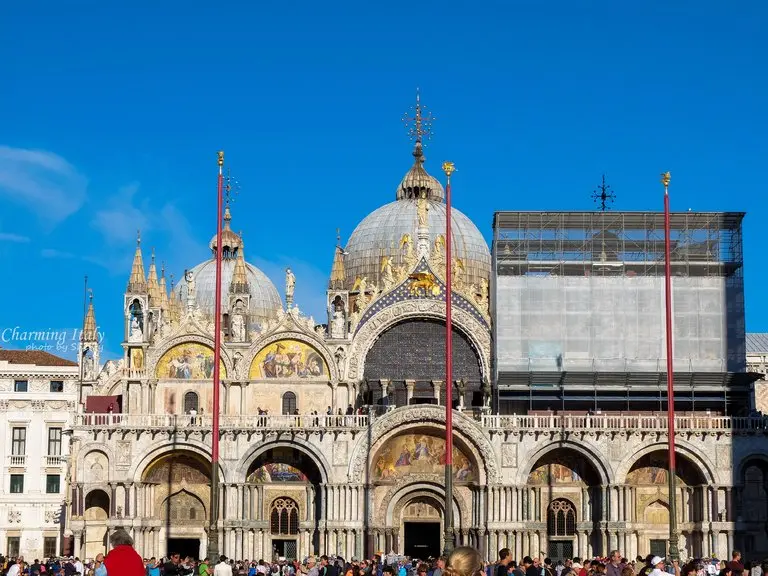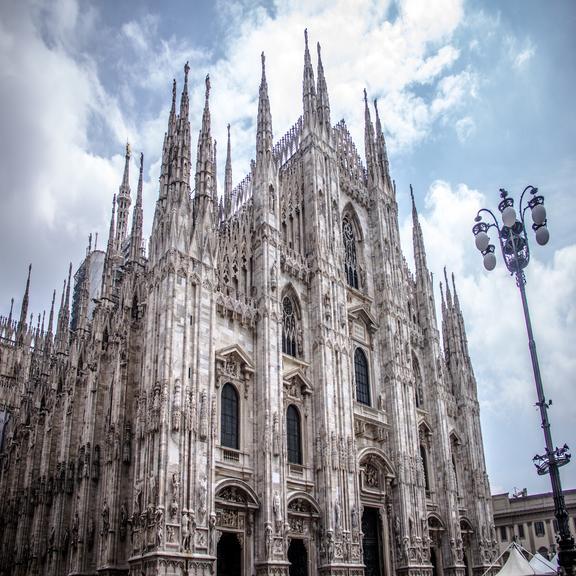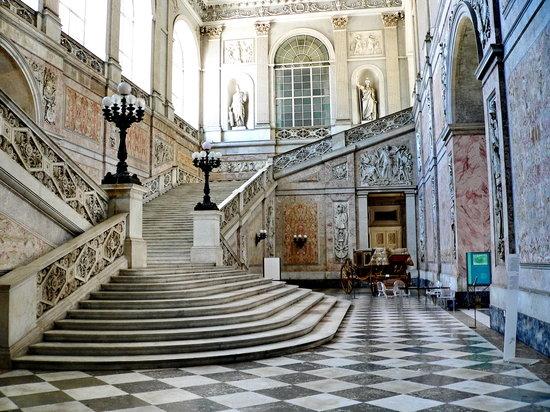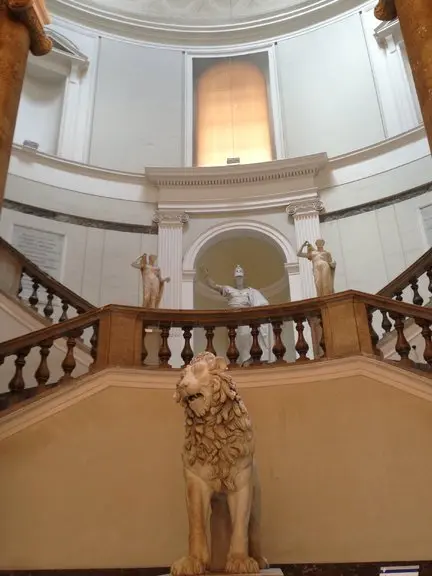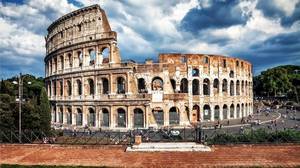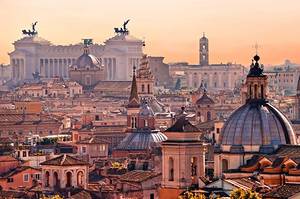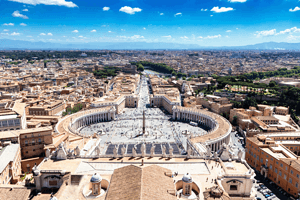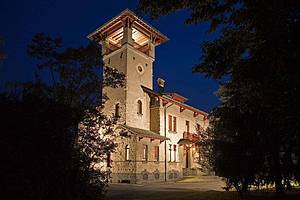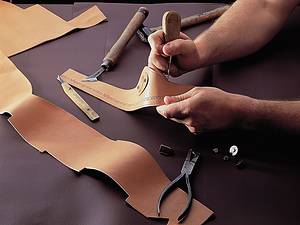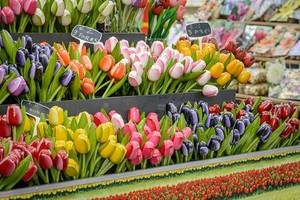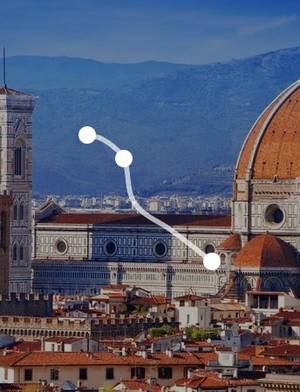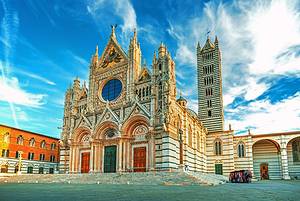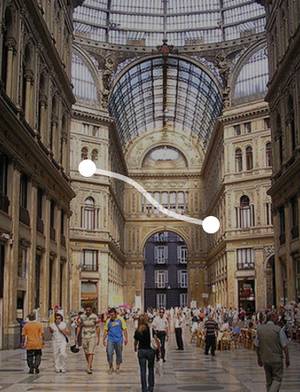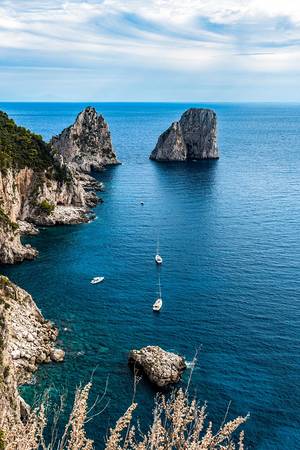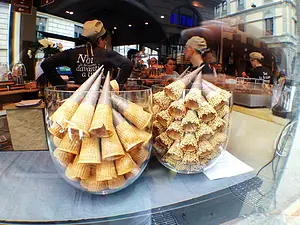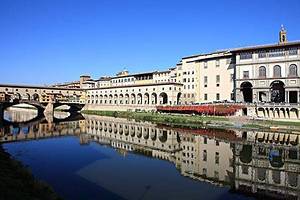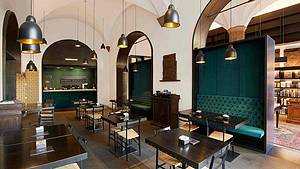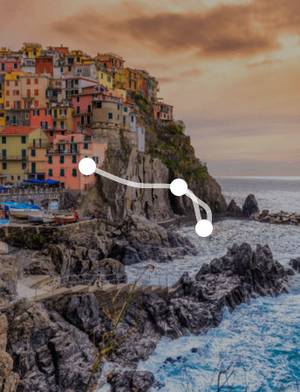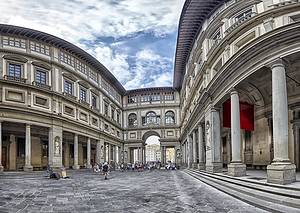Italy Self-Drive: A Journey of Art and Flavor
8 cities |
13 attraction(s) |
total distance 9198
km
 TIPS
TIPS
Day1
Day2
Day3
Day4
Day5
Day6
Day7
Day1: Rome
2 attraction(s) ·
2 km
1
The Colosseum is one of the most famous buildings of ancient Rome and the largest circular amphitheater of the empire. Built between 72 AD and 82 AD on the site of Nero's Golden House, it could accommodate up to 50,000 people. The Colosseum was commissioned by Emperor Vespasian and completed under his son Titus, with later renovations by Domitian. It served as a venue for animal hunts and gladiator games until 523 AD. According to Cassius Dio, the opening ceremonies lasted 100 days and 11,000 animals were killed. Earthquakes in 442 AD and 508 AD caused severe damage to the structure, and it was further destroyed during the Middle Ages and used as a fortress. In the 15th century, the Vatican began protecting the Colosseum as a holy site due to early Christian martyrs who were said to have been killed there. The design of the Colosseum was based on Greek theaters, but with the addition of arches, spectators' seats were built on top to form a circular amphitheater. There were also canopies suspended by cables to shade spectators and aid ventilation. Under the arena were various tunnels and chambers for storing props, animals, and gladiators, which could be lifted onto the stage during performances. The Colosseum even had a water channel to create a lake for naval battles.
2
km
2
The Pantheon, located in Rome, is a religious building from ancient Roman times which was later converted into a church known as the Church of Santa Maria ad Martyres. The Pantheon was initially built in 27 BC to commemorate the victory of Octavian over Antony and Cleopatra. However, the original temple was destroyed by fire in 80 AD and was not rebuilt until 125 AD. Inscriptions on the colonnade wrongly attributed the building to the assistant of Octavian, Agrippa, until it was discovered in 1892 that the entire structure was built by Roman Emperor Hadrian. During the Renaissance, the Pantheon became a study point for Italian architects and had a significant influence on western architectural history. The building's structure is simple and circular, topped with a 43.3-meter diameter dome, which was the largest in the world until 1436. The interior of the dome has five tiers of recesses, giving a sense of upward movement. The colonnade of the building is made up of 16 granite columns, each 12.5 meters tall with a base diameter of 1.43 meters. The entire structure of the Pantheon was constructed using poured concrete, with the dome gradually thinning out to reduce the weight. The concrete used by the ancient Romans was a mix of natural volcanic ash from near Naples and various aggregates. The Pantheon is a testament to ancient Roman architecture and has influenced the design of many public buildings. It has also been a burial site for important figures since the Renaissance, including artists Raphael and Annibale Carracci.
Day2: Florence
2 attraction(s) ·
1 km
1
One of Italy's most important art museums, the Uffizi Gallery is also one of the most important art museums in Europe. It displays the richest and most precious treasures left by the Medici family, who funded Renaissance artists such as Leonardo da Vinci, Michelangelo, and Donatello, hence the rich collection of their artworks. The museum has over 100,000 exhibits divided into 46 halls, each of which is worth visiting. However, if time is limited, it is best to visit a few key exhibition halls. The most famous exhibits at the Uffizi Gallery include Botticelli's "Primavera" and "The Birth of Venus," Leonardo da Vinci's "The Adoration of the Magi," as well as Michelangelo's "The Holy Family" and Titian's "Venus of Urbino." The name "Uffizi" means "offices" in Italian, and this was once the Medici family's office. Later, the family descendants donated all their collections to the government, making it a public art museum. Today, the museum mainly displays paintings, while other sculptures are housed in the Bargello Museum. If travelling during peak season (May to September), it is best to book online in advance and arrive early, otherwise the queues will be very long.
1
km
2
Cathedral-flanked square with iconic historic, religious & artistic landmarks & museums.
Day3: Venice
3 attraction(s) ·
2 km
2
St. Mark's Square is a landmark of Venice, Italy, located in the city center. It is the only square in Venice that is referred to as a "Piazza," while others are referred to as "Campi." St. Mark's Square is unique among European cities because it is located in the city center yet is frequently traversed by relaxed water traffic, free from the noise of vehicles. It has become one of Venice's most iconic landmarks, attracting numerous tourists, photographers, and pigeons. In the 19th century, French Emperor Napoleon praised St. Mark's Square as the "most beautiful drawing room in Europe."
1
km
3
St. Mark's Basilica, located in Venice, Italy, is a famous Catholic cathedral and a papal basilica. It is renowned as one of the world's most famous churches and is known for its Byzantine architectural style. The cathedral serves as the final resting place of St. Mark, the patron saint of Venice, and was once the largest church in medieval Europe. It is also considered a classic example of Venetian architectural art and houses a rich collection of artworks. The church is famous for its Greek cross exterior design and five domes, following the Byzantine style. After multiple renovations, it has become a masterpiece that combines Byzantine, Gothic, Islamic, and Renaissance art. The most famous feature of the cathedral is its mosaic-covered facade, decorated with gold. The interior is also renowned for its golden altar and mosaic decorations. When the sunlight shines on it, the cathedral glows with a golden brilliance, earning it the nickname "Golden Cathedral."
Day4: Milan
1 attraction(s) ·
0 km
1
Milan Cathedral, also known as Duomo, is the iconic building in the center of Milan and the city's main cathedral. Construction of the cathedral began in 1386 and took over four centuries to complete, finally reaching completion in 1812. The intricate detailing continued until 1960, when the final bronze doors were installed. Over time, the cathedral has become a combination of multiple styles, with baroque decorations complementing gothic-style spires, creating an extravagantly divine atmosphere from top to bottom. The gilded statue of the Virgin Mary stands guard over the city, while the basement glass coffin inside the cathedral houses the remains of the red-robed archbishop San Carlo Borromeo, who passed away in 1584. In 1805, Napoleon was coronated as King of Italy in the cathedral. However, during World War II, the cathedral's front door was bombed, leaving visible scars to this day.
Day5:
0 attraction(s) ·
0 km
Day6: Naples
2 attraction(s) ·
2 km
1
The Royal Palace of Naples is located in the southern Italian city of Naples and is one of four palaces built during the Bourbon dynasty's rule over the Kingdom of the Two Sicilies. The other three palaces are located in Caserta, Capodimonte, and Portici on the slopes of Mount Vesuvius. The palace was originally built to welcome King Philip III, but he never visited the place.
2
km
2
This museum is one of the most important archaeological museums in Italy, mainly collecting artifacts from the towns submerged after the eruption of Mount Vesuvius in August 79 AD, such as Pompeii, Stabiae, and Herculaneum, exhibiting relics from ancient Greece, ancient Rome, and even ancient Egypt. In addition, the museum also collects a small number of works from the Renaissance period. The museum has four floors, with the underground floor exhibiting mummies, the first floor exhibiting various sculptures, mostly full or partial nudity, mostly life-size, and a few with giant, realistic figures. In addition, the first floor also has self-service vending machines, automatic coffee machines, bookstores, and various sarcophagi. The second floor has a famous Secret Room, which is only open to adults and contains wall paintings of sexual intercourse between men and women and a variety of male genitalia and a small amount of female genitalia with different sizes and shapes. The third floor has a magnificent hall that is worth admiring. Overall, the collections of the National Museum of History have high artistic value.
Day7: Petralia Sottana > Taormina > Syracuse
3 attraction(s) ·
7496 km
